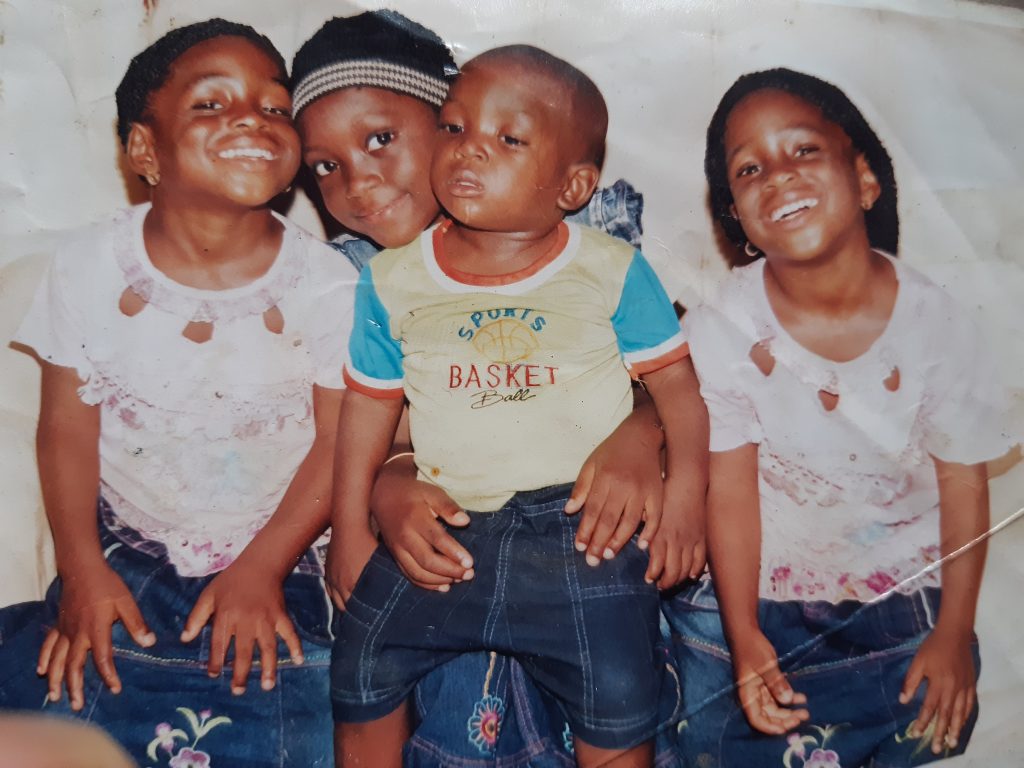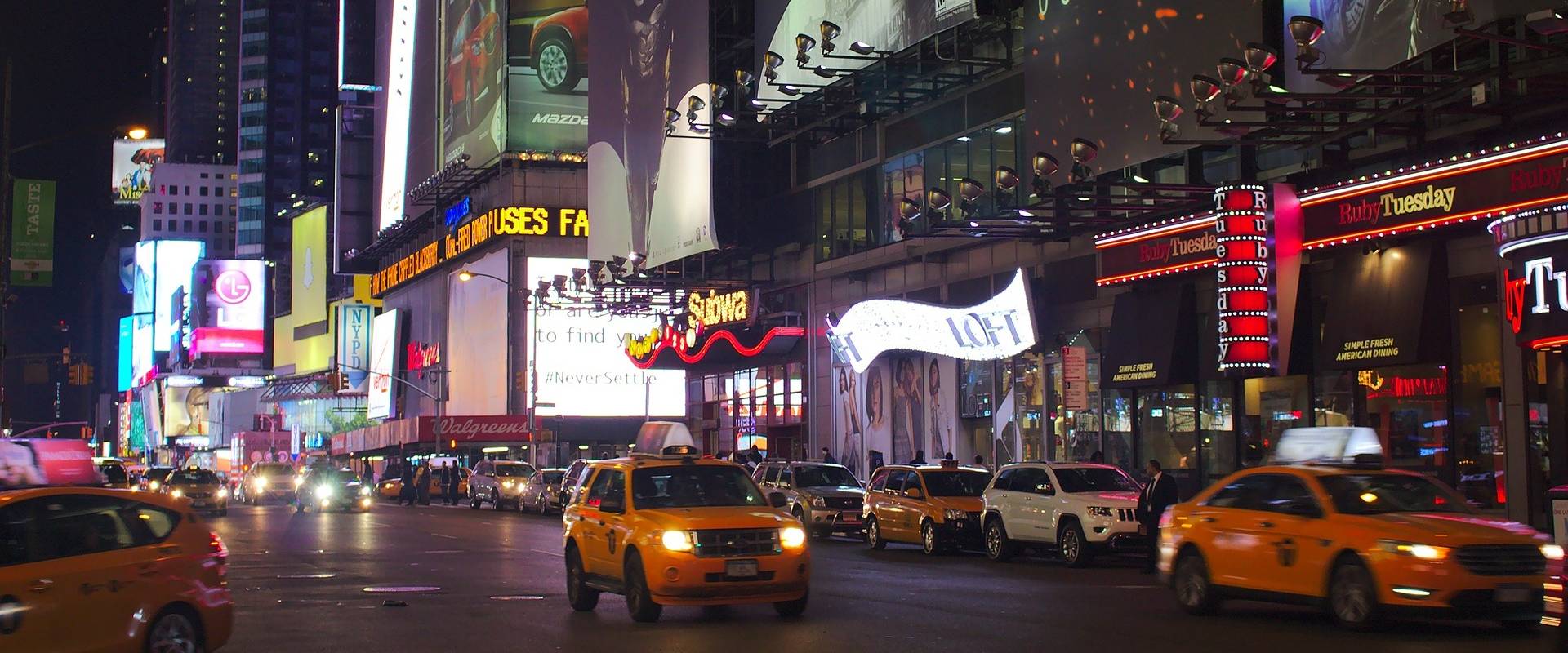… Says About 38m Children Will Be Spared With 1.5°C Warming Target By 2100
… We Need Rapid Phase-out of Use of Fossil Fuels

Almost a third of today’s five-year-olds, about 38million children will be spared a lifetime’s “unprecedented” exposure to extreme heat if the world meets the 1.5°C warming target by 2100, Save the Children said.
Ahead of the 10th anniversary of the Paris Agreement research released by Save the Children and Vrije Universiteit Brussel (VUB) found that under current climate commitments, which will likely see a global temperature rise of 2.7°C above preindustrial levels, about 100 million of the estimated 120 million children born in 2020, or 83%, will face “unprecedented” lifetime exposure to extreme heat.
However, if the world limits warming to the 1.5°C Paris Agreement target, this would reduce the number of five-year-olds impacted to 62million, a difference of 38 million, highlighting the urgency to protect children through rapidly phasing out the use and subsidy of fossil fuels.
Dangerous heat is deadly for children, taking an immense toll on their physical and mental health, disrupting access to food and clean water and forcing schools to close.
Researchers defined an “unprecedented” life as an exposure to climate extremes that someone would have less than a 1 in 10,000 chance of experiencing during their life in a world without human-induced climate change.
The research, published in the report Born into the Climate Crisis 2. An Unprecedented Life: Protecting Children’s Rights in a Changing Climate also found that meeting the 1.5°C target would protect millions of children born in 2020 from the severest impacts of other climate related disasters such as crop failures, floods, tropical cyclones, droughts and wildfires.

The report found that, for children born in 2020, if global temperature rise is limited to
1.5°C rather than reaching 2.7°C above pre-industrial levels:
• About 38 million would be spared from facing unprecedented lifetime exposure to heatwaves;
• About 8 million would avoid unprecedented lifetime exposure to crop failures;
• About 5 million would be spared from unprecedented lifetime exposure to river floods;
• About 5 million would avoid unprecedented lifetime exposure to tropical cyclones;
• About 2 million would avoid unprecedented lifetime exposure to droughts;
• About 1.5 million children would be spared unprecedented lifetime exposure to wildfires.
Climate extremes, which are becoming more frequent and severe due to climate change, are increasingly harming children, forcing them from their homes, putting food out of reach, damaging schools and increasing risks like child marriage as they are forced out of education and into poverty and food shortages.

Denise*, 16, and her family were forced from their home in Brazil when the country’s worst floods in 80 years devastated their community last year. Their home, including Denise’s bedroom, was severely damaged, and she was out of school for nearly two months.
She said: “It really affected me mentally, and academically too. Catching up on all my grades to pass secondary school was really tough, especially at a state school. It massively impacted my schoolwork. My grades dropped significantly after the floods.”
Children impacted by inequality and discrimination and those in lower-and middle-income countries, are often worst affected. Meanwhile they have fewer resources to cope with climate shocks and are already at far greater risk from vector and waterborne diseases, hunger, and malnutrition, and their homes are often more vulnerable to increased risks from floods, cyclones and other extreme weather events.
Haruka, 16, whose poem is featured in the report, is from Vanuatu, which recently experienced three of the most severe types of cyclone in just a year. She said:
“Cyclones are scary. For me, they continue to destroy my home, every year, we don’t even bother trying to fix the ceiling anymore.
“The past few years, I’ve seen ceaseless destruction and constant rebuilding. This seemingly never-ending cycle has become our reality, and most people aren’t even aware that it’s not just nature doing its thing, but it’s us bearing the brunt of a crisis that we did not cause.”
As well as comparing conditions under 1.5°C and 2.7°C scenarios, the report also examines a scenario in which global temperatures rise to 3.5°C by 2100, which will lead to about 92% of children born in 2020 – about 111 million children [5] – living with unprecedented heatwave exposure over their lifetime.
While we need a rapid phase-out of the use and subsidy of fossil fuels to stick to the 1.5°C target, we must not lose sight of solutions, Save the Children said.
The report highlights initiatives like increased climate finance, child-centred and locally led adaptation and increasing the participation of children in shaping climate action.
Inger Ashing, CEO of Save the Children International, said: “Across the world, children are forced to bear the brunt of a crisis they are not responsible for. Dangerous heat that puts their health and learning at risk; cyclones that batter their homes and schools; creeping droughts that shrivel up crops and shrink what’s on their plates.
“Amid this daily drumbeat of disasters, children plead with us not to switch off. This new research shows there is still hope, but only if we act urgently and ambitiously to rapidly limit warming temperatures to 1.5°C, and truly put children front and centre of our response to climate change at every level.”
As the world’s leading independent child rights organisation, Save the Children works in about 110 countries, tackling climate across everything we do. Save the Children supports children and their communities globally in preventing, preparing for, adapting to, and recovering from climate disasters and gradual climate change.
We have set up floating schools, rebuilt destroyed homes and provided cash grants to families hit by disasters.
We also work to influence governments and other key stakeholders on climate policies, including at the UNFCCC COP summits, giving children a platform for their voices to be heard. “



